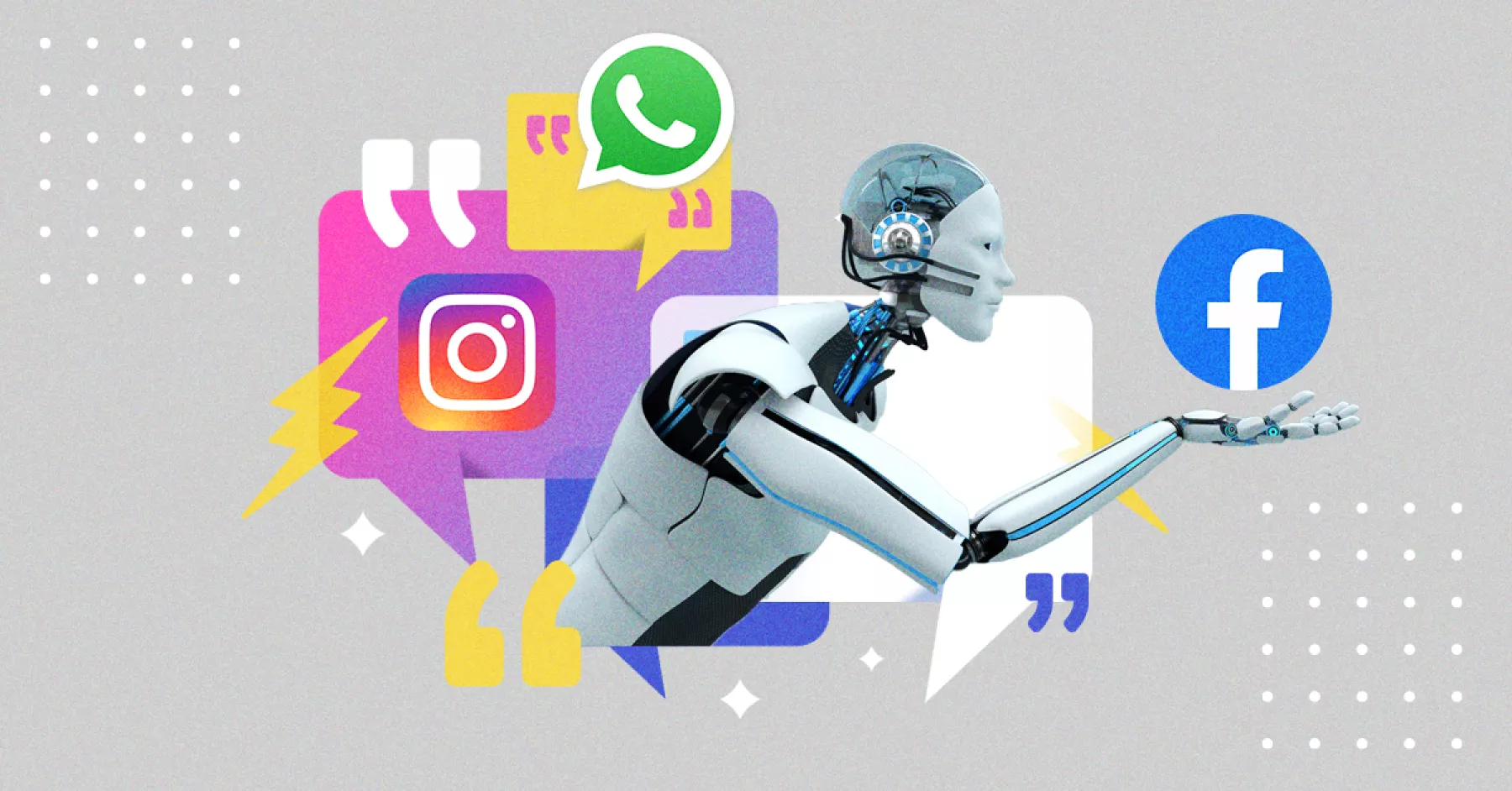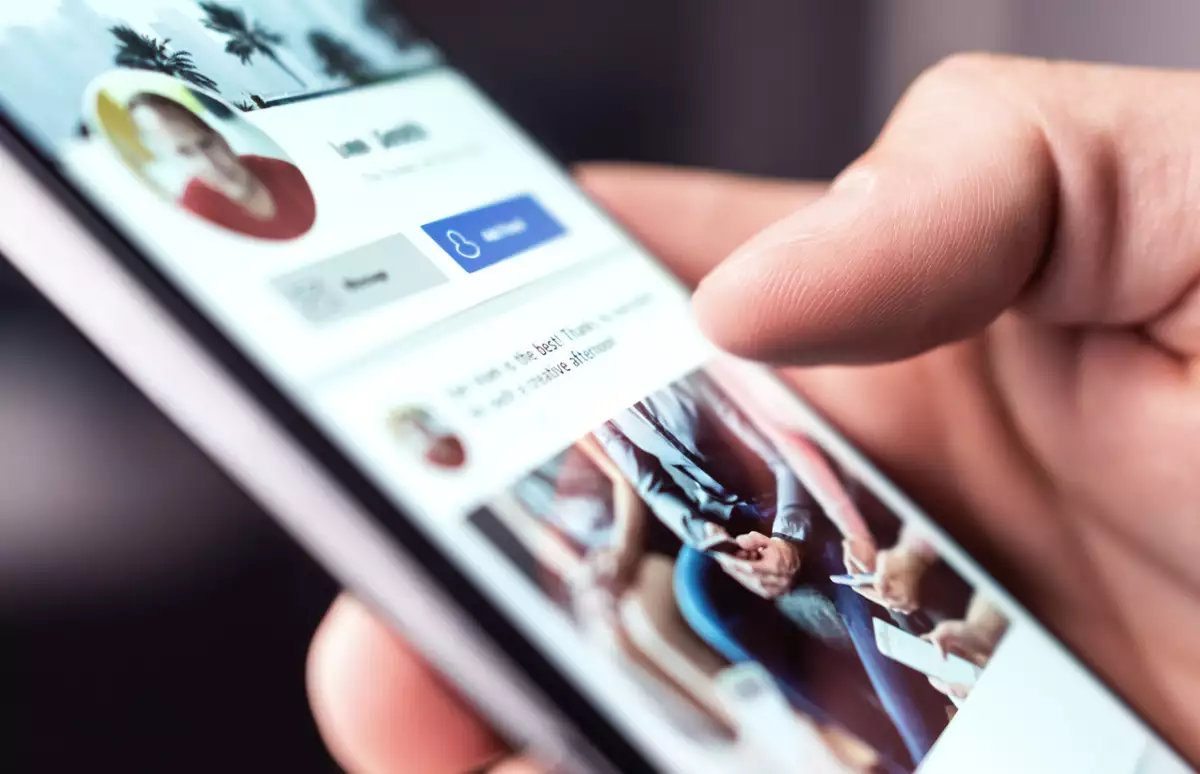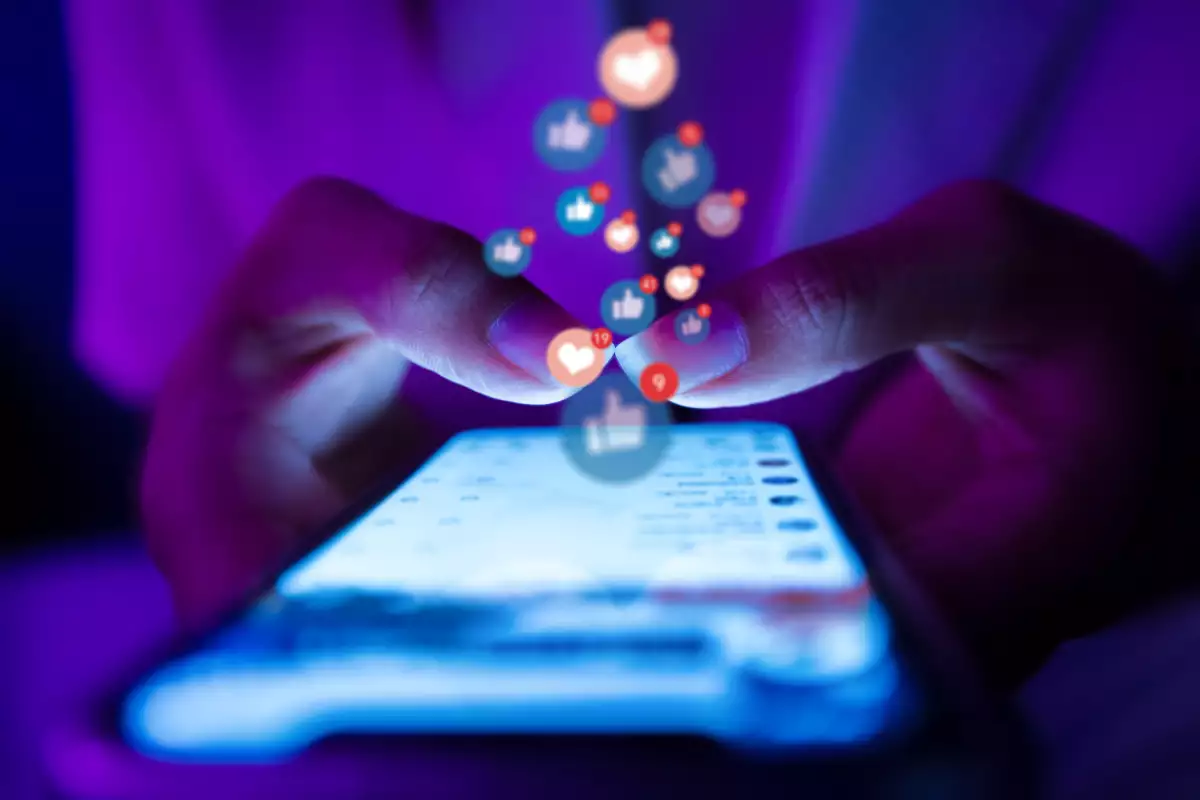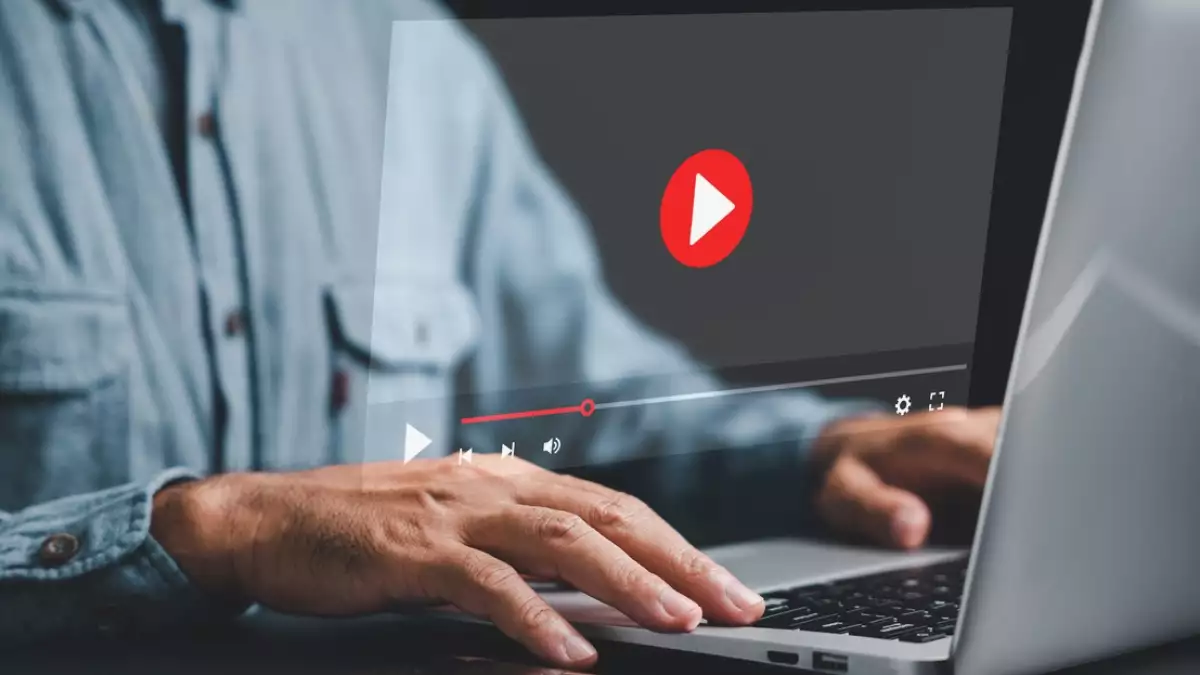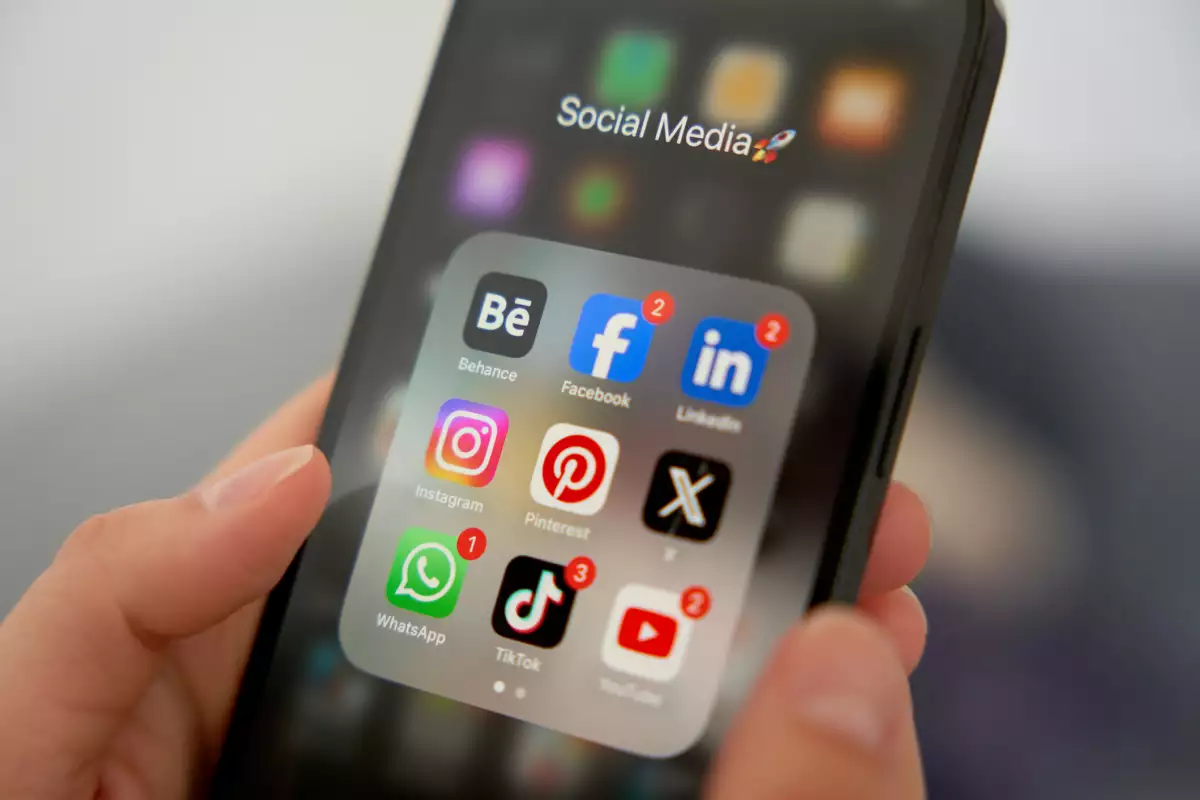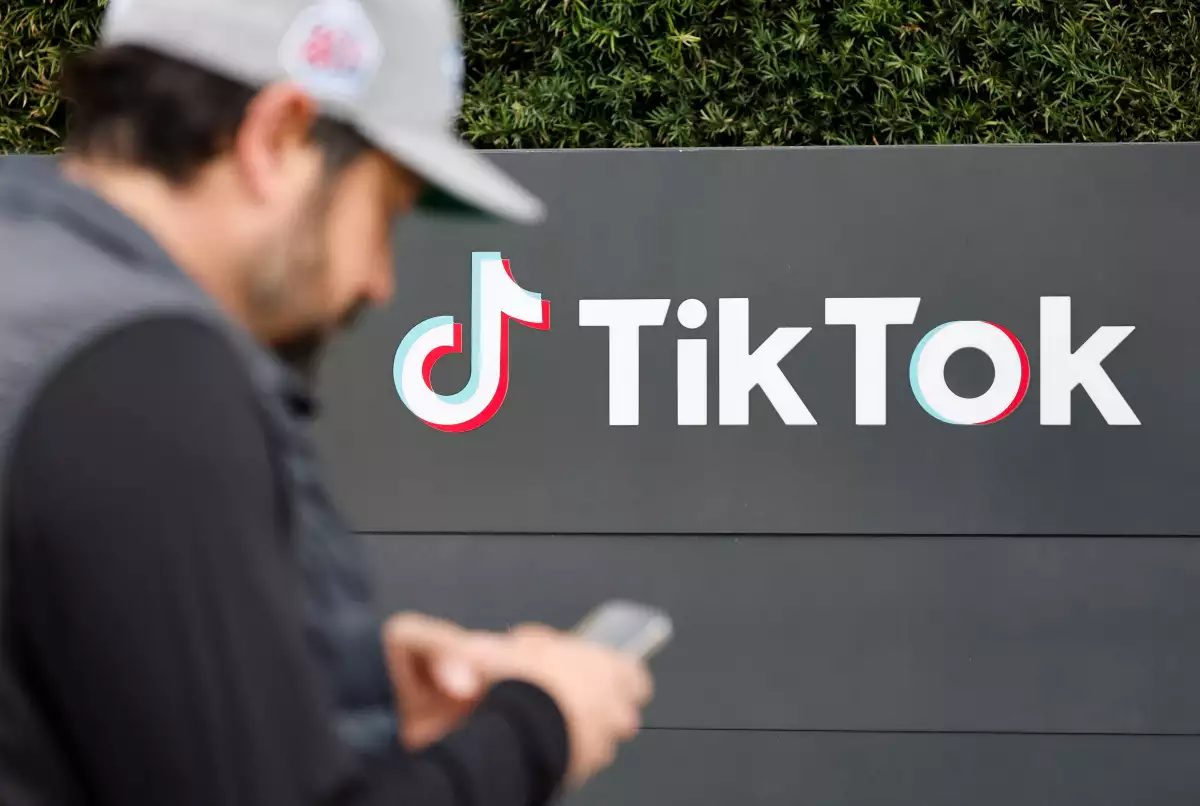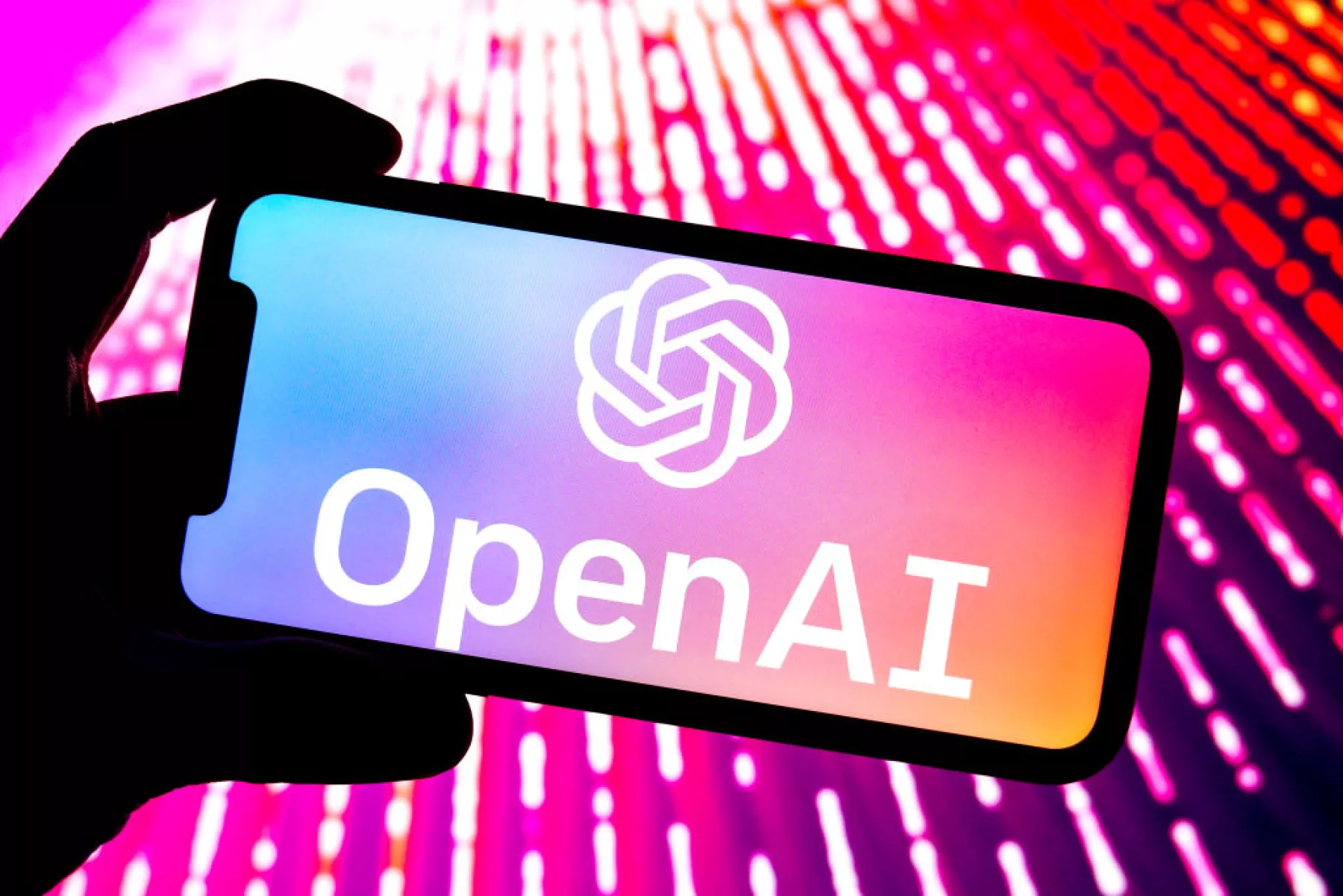
OpenAI launches Sora, an AI-powered video creator, in Mexico
This platform will be included in ChatGPTs Plus and Pro subscriptions and is a response to Googles launch of Veo, its video-focused tool, a week ago.
The final stretch of the year is a good time to welcome new products from OpenAI . This was the case in 2022, when ChatGPT was announced and now the generative AI startup has just launched Sora , its tool for video generation .
What is Sora from OpenAI?
This is a platform for creating videos through a written instruction (also known as a prompt ) and according to the company, it is capable of creating video clips from still images, extending the length of existing videos or filling in missing frames.
Sora was announced in February of this year and until now had only been available to a small group of security evaluators, or “red teams,” who are in charge of finding vulnerabilities in the areas of misinformation or biases that the tool may have.
Videos generated by Sora will have visible watermarks and corresponding metadata to indicate that they were made with AI. In addition, users will not be able to generate images of people under 18 years of age, explicit, violent or copyright-infringing content.
Misuse of the tool could result in an account being banned or suspended. “We want to prevent illegal activity with Sora, but we also want to balance that with creative expression (...) We're starting off a little conservative, so if our moderation isn't quite right, please let us know what you think,” said Sora product director Rohan Sahai.
How much does it cost to create videos with Sora?
According to data shared by OpenAI, users who subscribe to ChatGPT Plus ($20 per month) can generate up to 50 videos with resolutions up to 720p and duration of five seconds.
Those with a ChatGPT Pro subscription, which costs $200 per month, will be able to access “unlimited video generation,” and can increase the resolution to 1080p and the duration to 20 seconds. This plan also allows you to download videos without a watermark.
If a person does not have a subscription to ChatGPT, they will only be able to browse the main interface to view videos generated by other people. OpenAI said that it is already available worldwide, except for some regions in Europe and the United Kingdom, which means that in Mexico it is possible to use this service.
Google beats OpenAI to Veo
The competition between tech companies to launch their AI innovations is getting tougher. Last week, Google beat OpenAI to the punch by publicly launching Veo, which is based on the same principle for creating videos.
It’s available through the Vertex AI platform and is capable of creating content with a range of cinematic and visual styles, Google says, noting that it delivers “extremely realistic” results.
“Veo’s technology can be a great ally for human creativity, allowing creators to focus on higher-level tasks while AI handles the tedious or repetitive aspects of video production,” the company said.
First it was images, and now video is the next frontier for generative AI, as in addition to Google and OpenAI, companies like Stability AI and even Amazon have their own tools for creating videos.
While this development may be encouraging for creatives and AI enthusiasts, it also raises alarm bells about the problems of misinformation and deepfake generation, a problem that has grown by 900% this year, according to data from machine learning company Clarity.
Leave a comment:
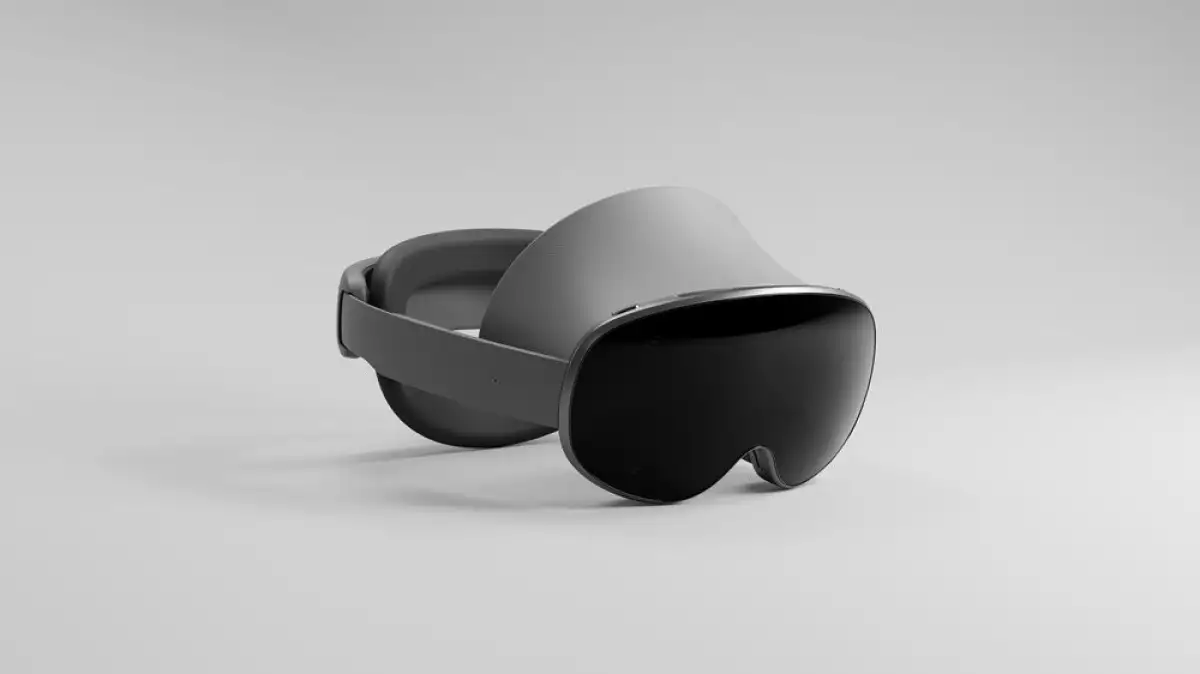

Tranding News
